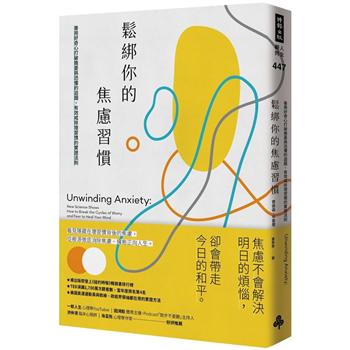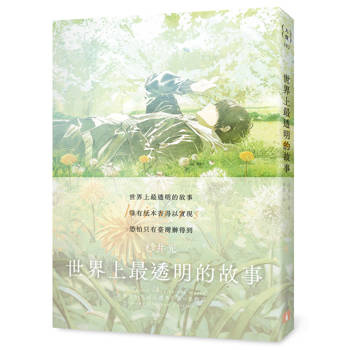The reader is taken on a mystical odyssey whereby the ordinary human consciousness realizes the Divine. Based on the personal experiences of such acknowledged saints: St. Teresa of Avila, St. John of the Cross, Jeanne Guyon and others from both East and West, the seeker is guided through the four stages of the Mystic Path. For most individuals in the beginning it is a minefield of the self, or as some would have it, As sharp as a razor's edge. The Buddha proclaimed that pain on this earth is as copious as rain. But by no means is our story fixated on pain; the spiritual joys and ecstasies experienced by our saints with a first-hand knowledge of them, provide an undeniable inspiration for most people with a spiritual interest. Both pleasure and pain are inextricably linked they tell us, and the object of spiritual practice is to realize our own Divinity by transcending them As the modern sage, Ramakrishna, a major contributor to our story once remarked, We need one thorn to remove the thorn in the finger and when the thorn is removed both can be thrown away. Swami Vivekananda, Ramakrishna's renowned disciple and his messenger to the West, provides us with the highest non-dual Vedic philosophy to broaden the dualism of the Western mystics without invalidating their message, but empowering it, because his goal was to prove that all religions stem from a single root. Succinctly, the Swami puts the human spiritual dilemma in a nutshell. The soul or Self must gain through experience its godly nature of perfection. The Atman does not love; it is love itself, It doesn't exist, it is existence itself. By identifying itself with the mind and the world, it thinks itself miserable.
| FindBook |
有 1 項符合
The Sandalwood Tree: The Mystic Path: East and West的圖書 |
 |
The Sandalwood Tree: The Mystic Path: East and West 作者:Epstein 出版社:Temple Universal Publishing 出版日期:2008-01-01 語言:英文 規格:平裝 / 144頁 / 21.6 x 14 x 0.8 cm / 普通級 |
| 圖書館借閱 |
| 國家圖書館 | 全國圖書書目資訊網 | 國立公共資訊圖書館 | 電子書服務平台 | MetaCat 跨館整合查詢 |
| 臺北市立圖書館 | 新北市立圖書館 | 基隆市公共圖書館 | 桃園市立圖書館 | 新竹縣公共圖書館 |
| 苗栗縣立圖書館 | 臺中市立圖書館 | 彰化縣公共圖書館 | 南投縣文化局 | 雲林縣公共圖書館 |
| 嘉義縣圖書館 | 臺南市立圖書館 | 高雄市立圖書館 | 屏東縣公共圖書館 | 宜蘭縣公共圖書館 |
| 花蓮縣文化局 | 臺東縣文化處 |
|
|
圖書介紹 - 資料來源:博客來 評分:
圖書名稱:The Sandalwood Tree: The Mystic Path: East and West
|









